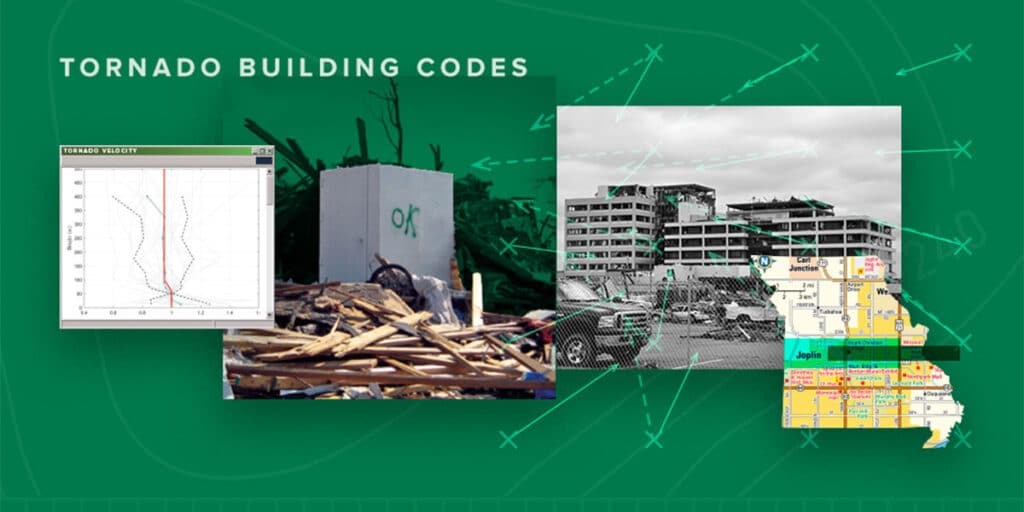The United States is no stranger to the devastation of tornadoes. New York and the New England states have largely avoided these disasters due to their terrain and colder, more stable air. However, tornadoes have become more common recently, with 18 touchdowns identified so far in 2024 and seven occurring in July alone. This has become a growing concern for a larger part of the country than we’re traditionally used to seeing.
In May of 2011 a devastating EF5 tornado struck Joplin, Missouri, causing widespread destruction and claiming 161 lives. This disaster served as a catalyst for significant improvements in building codes to enhance tornado resilience. In response to the Joplin tragedy, the National Institute of Standards and Technology (NIST) launched a comprehensive study to understand the failures and develop better standards for tornado-resistant structures.
Led by wind and structural engineer Marc Levitan, NIST researchers discovered crucial differences between tornadic and straight-line winds. Tornadic winds have higher speeds near the ground, rapidly change direction, and create strong upward forces on roofs. These findings led to the development of new tornado wind-speed maps and design guidelines that account for building size and historical tornado data.
The research culminated in the inclusion of tornado-specific requirements in the ASCE 7-22 standard, which has now been incorporated into the 2024 International Building Code (IBC). This marks the first time that critical and high-occupancy buildings will be required to resist tornado loads. The new standards focus on protecting against EF2 tornadoes, which account for about 97% of all tornadoes.
While the updated codes primarily affect new construction of essential facilities like hospitals, schools, and emergency response centers, they represent a significant step forward in tornado safety. The standards require buildings to withstand higher wind speeds and account for the unique characteristics of tornadic winds, potentially doubling the load requirements for some building elements.
The full story was originally posted on July 9, 2024, on the NIST news page. Read the entire article here.

